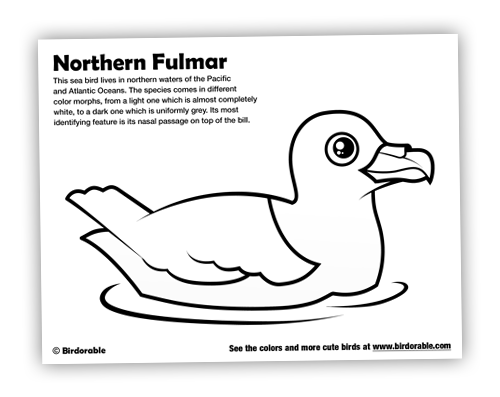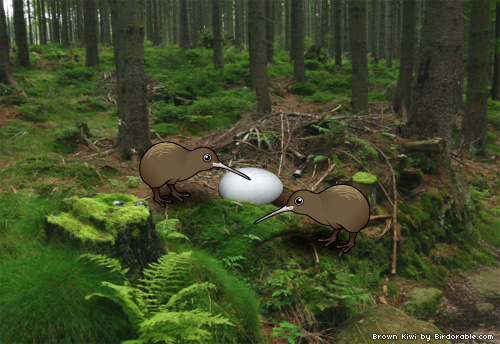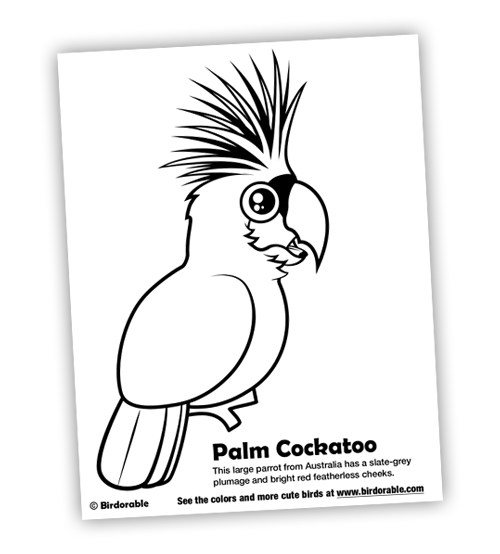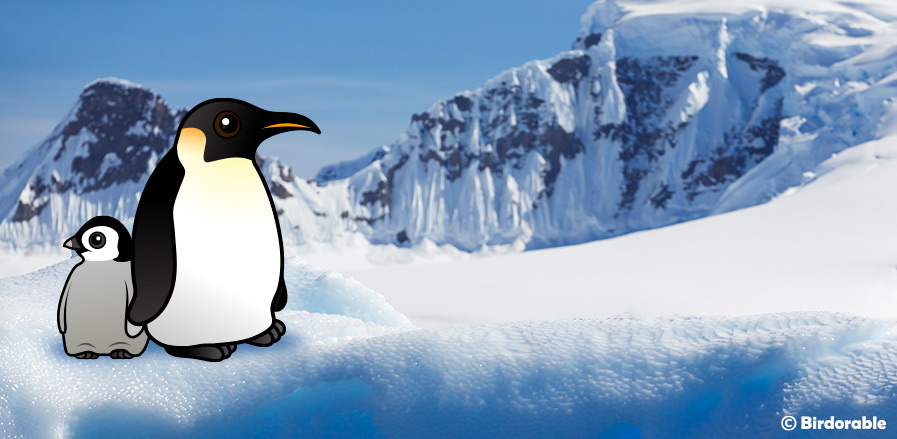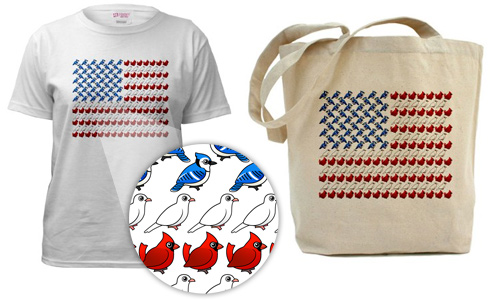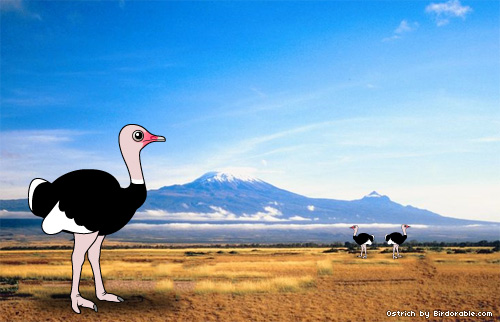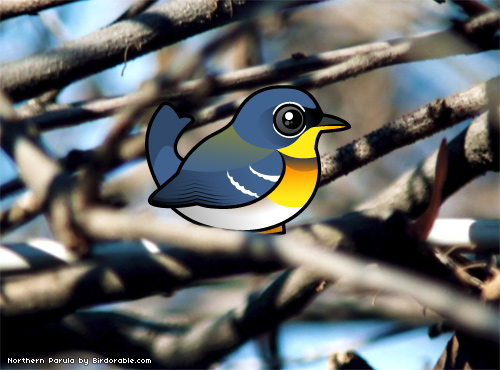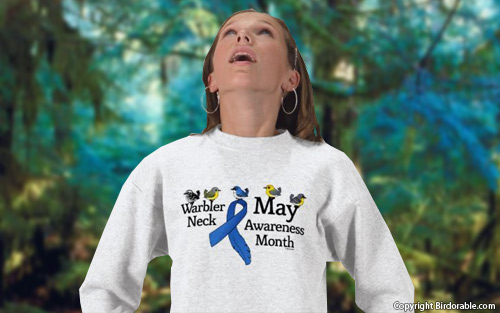You are probably well-aware that many countries have an official national bird. For example, the national bird of the United States is the Bald Eagle, and the national bird of Bolivia is the Andean Condor. Several U.S. states also have official birds. But did you know that there are even some cities that have their own official bird? The official city bird of Abiko, Japan, is the Eurasian Coot. We used to see these little water birds all the time while we lived in the Netherlands, but in fact their range is across much of Eurasia - all the way to Japan! Besides being one of just a few global cities to have an official bird, Abiko goes a step further with their love of avian friends. It is home to the Abiko City Museum of Birds!
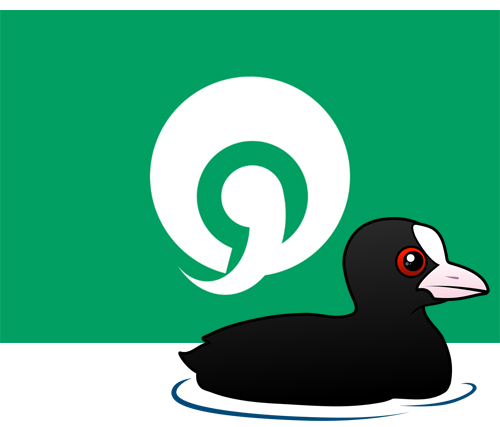
Birdorable Eurasian Coot with the flag of Abiko


